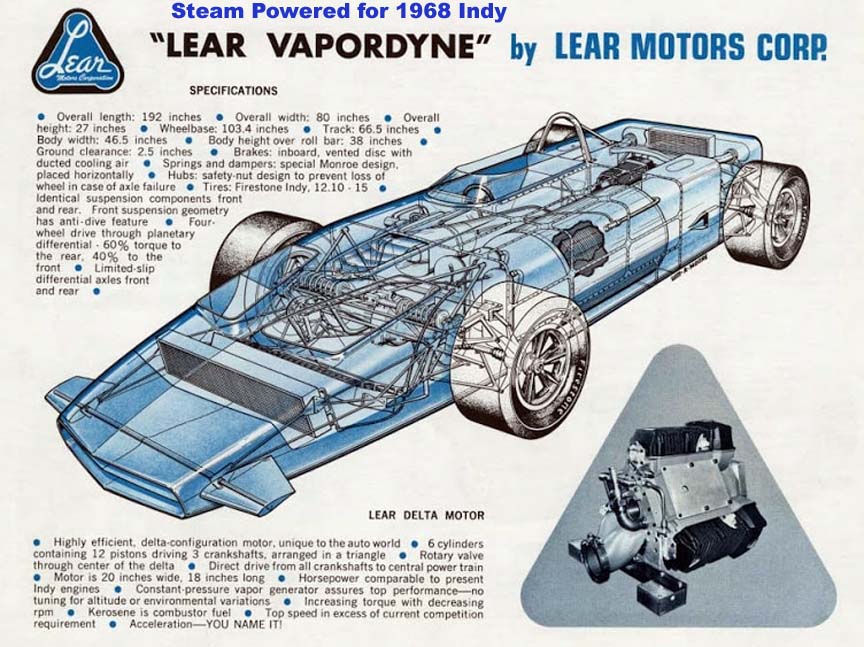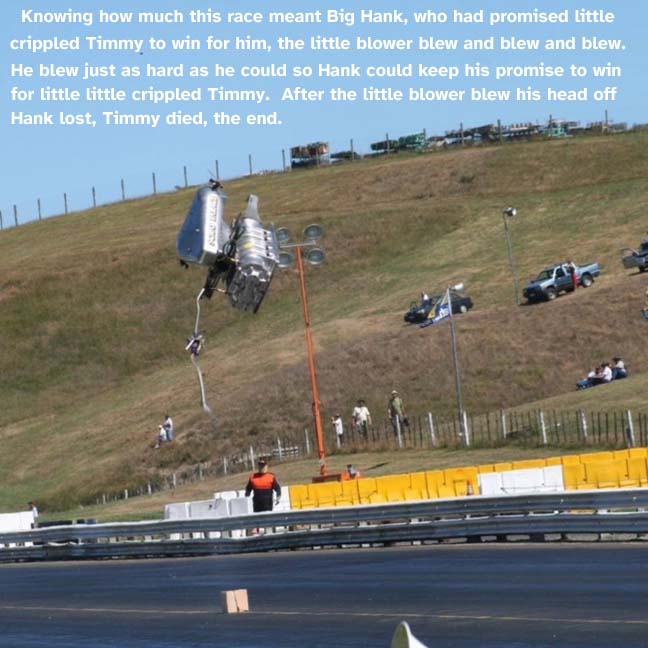
The Cellar: a friendly neighborhood coffee shop, with no coffee and no shop. Established 1990.
- xoxoxoBruce
- The Future is Unwritten
 Offline
Offline - Registered: 10/15/2020
- Posts: 4,355
Misc photographs
Freedom is just another word for nothin' left to lose.
- griff
- A Magical Woodland Creature
 Offline
Offline - Registered: 10/13/2020
- Posts: 3,135
Re: Misc photographs
Those old wooden ones were absurdly heavy in shorter lengths.
If you would only recognize that life is hard, things would be so much easier for you. - Louis Brandeis
- Diaphone Jim
- Not Ignoring You.
 Offline
Offline - Registered: 10/13/2020
- Posts: 1,419
Re: Misc photographs
Yossarian
- xoxoxoBruce
- The Future is Unwritten
 Offline
Offline - Registered: 10/15/2020
- Posts: 4,355
Re: Misc photographs
Michigan Ladder says hemlock rails and hickory rungs, 300 lb rating...
16ft = 36 lbs ~ 20ft = 45 lbs ~ 24ft = 54 lbs ~ 28ft = 63 lbs
32ft = 72 lbs ~ 36ft = 81 lbs ~ 40ft = 90 lbs
Their single straight 300 lb ladders run about 2 lbs per ft.
8ft = 16 lbs, 14 ft = 29 lbs, and 20 ft = 43 lbs.
Alaco uses Douglas Fir and tapered truss side rails.
The monkey is unavailable so I'll have to post the charts for Alaco later.
Here we go... 


Last edited by xoxoxoBruce (11/15/2020 11:23 pm)
Freedom is just another word for nothin' left to lose.
- •
- xoxoxoBruce
- The Future is Unwritten
 Offline
Offline - Registered: 10/15/2020
- Posts: 4,355
Re: Misc photographs
How do you explain all the colors, that cheese must to strange things to light.
Last edited by xoxoxoBruce (11/15/2020 11:29 pm)
Freedom is just another word for nothin' left to lose.
- •
- griff
- A Magical Woodland Creature
 Offline
Offline - Registered: 10/13/2020
- Posts: 3,135
Re: Misc photographs
molds
If you would only recognize that life is hard, things would be so much easier for you. - Louis Brandeis
- xoxoxoBruce
- The Future is Unwritten
 Offline
Offline - Registered: 10/15/2020
- Posts: 4,355
Re: Misc photographs
Of course, why didn't I think of that, cheese get molds. ![]()
Freedom is just another word for nothin' left to lose.
- •
- xoxoxoBruce
- The Future is Unwritten
 Offline
Offline - Registered: 10/15/2020
- Posts: 4,355
Re: Misc photographs
I've seen this picture a number of times but it was always cropped down to the race car and his lost wheel. But now someone has taken the whole picture and colorized it to good effect. Gives it a whole different feel.
Freedom is just another word for nothin' left to lose.
- •
- glatt
- TM
 Offline
Offline - From: Arlington VA
- Registered: 10/13/2020
- Posts: 1,223
Re: Misc photographs
Ha! I looked at the picture before reading your comment and thought to myself, "glatt, that right there is an uncropped version of that image you've seen so many times. So cool."
I always thought the guy was on a race track, but he's on a winding country road.
- Diaphone Jim
- Not Ignoring You.
 Offline
Offline - Registered: 10/13/2020
- Posts: 1,419
Re: Misc photographs
Guy's thinking: Hmmm, where have I seen that wheel before?
It looks like the right one is getting ready to go, too.
- Limey
- slated for greatness
 Offline
Offline - From: A small Scottish island.
- Registered: 10/13/2020
- Posts: 781
Re: Misc photographs
I had that happen to me once. The guy in the Rolls Royce behind stopped, set a kid across the green to fetch the wheel and gave me a lift to the ferry.
Living life on the edge.
- xoxoxoBruce
- The Future is Unwritten
 Offline
Offline - Registered: 10/15/2020
- Posts: 4,355
Re: Misc photographs
glatt wrote:
Ha! I looked at the picture before reading your comment and thought to myself, "glatt, that right there is an uncropped version of that image you've seen so many times. So cool."
I always thought the guy was on a race track, but he's on a winding country road.
It is a race, and he was leading up until this point, but yes it's a road race.
Back when the automobile was a rich mans toy they raced on public roads until too many people got hurt. It's one thing to squash peasant spectators but when the cars got faster and rich guys were getting hurt they started building racetracks with trees safely removed from the perimeters.
Freedom is just another word for nothin' left to lose.
- •
- xoxoxoBruce
- The Future is Unwritten
 Offline
Offline - Registered: 10/15/2020
- Posts: 4,355
Re: Misc photographs
Freedom is just another word for nothin' left to lose.
- •
- xoxoxoBruce
- The Future is Unwritten
 Offline
Offline - Registered: 10/15/2020
- Posts: 4,355
Re: Misc photographs
The Osteotome, the very first chain saw.
It was used to cut the pelvic bone for difficult deliveries before C-sections were invented...
Freedom is just another word for nothin' left to lose.
- •
- griff
- A Magical Woodland Creature
 Offline
Offline - Registered: 10/13/2020
- Posts: 3,135
Re: Misc photographs
Was this from the era where women were disposable baby makers?
If you would only recognize that life is hard, things would be so much easier for you. - Louis Brandeis
- xoxoxoBruce
- The Future is Unwritten
 Offline
Offline - Registered: 10/15/2020
- Posts: 4,355
Re: Misc photographs
It was an improvement over the hammer and chisel method, but not as good as C-section, nor as good as anesthesia.
Freedom is just another word for nothin' left to lose.
- •
- footfootfoot
- Your mom can't decide
 Offline
Offline - From: now on
- Registered: 10/13/2020
- Posts: 472
Re: Misc photographs
Now hold on a minute there. The first Caesarian delivery (though not named as such) was in 272 BC. Unless you are joking and I am too dim to get it.
Hey! That's me up there!
- xoxoxoBruce
- The Future is Unwritten
 Offline
Offline - Registered: 10/15/2020
- Posts: 4,355
Re: Misc photographs
There seems to be some debate about that...
"The early history of cesarean section remains shrouded in myth and is of dubious accuracy. Even the origin of "cesarean" has apparently been distorted over time. It is commonly believed to be derived from the surgical birth of Julius Caesar, however this seems unlikely since his mother Aurelia is reputed to have lived to hear of her son's invasion of Britain. At that time the procedure was performed only when the mother was dead or dying, as an attempt to save the child for a state wishing to increase its population."
"Perhaps the first written record we have of a mother and baby surviving a cesarean section comes from Switzerland in 1500 when a sow gelder, Jacob Nufer, performed the operation on his wife. After several days in labor and help from thirteen midwives, the woman was unable to deliver her baby."
"14, 1794: First Successful Cesarean in U.S. 1794: Elizabeth Bennett delivers a daughter by cesarean section, becoming the first woman in the United States to give birth this way and survive. Her husband, Jesse, is the physician who performs the operation."
"In the latter half of the 19th century, the medical profession and particularly the field of surgery was dramatically improved by a series of technical innovations and scientific discoveries. More than anything else, the emergence of anesthetics revolutionized C-sections. Anesthesia did more than just spare the mother from the extreme pain, it effectively eliminated the risk of maternal death from shock which was one of the leading causes of C-section fatalities. Prior to anesthesia, when a baby was hopelessly stuck doctors would perform a very unpleasant procedure called a Craniotomy which literally involved crushing the baby's skull to get them out of the mother. With the availability of anesthesia the C-section quickly became a much preferable alternative to the Craniotomy. Even after the emergence of anesthetics, maternal mortality rates for C-sections remained very high in the early days because women routinely died from post-operative infections. This gradually began to change towards the end of the 19th century as germ theory and modern bacteriology developed."
Freedom is just another word for nothin' left to lose.
- •
- xoxoxoBruce
- The Future is Unwritten
 Offline
Offline - Registered: 10/15/2020
- Posts: 4,355
Re: Misc photographs
Freedom is just another word for nothin' left to lose.
- •
- xoxoxoBruce
- The Future is Unwritten
 Offline
Offline - Registered: 10/15/2020
- Posts: 4,355
Re: Misc photographs
Freedom is just another word for nothin' left to lose.
- •
- xoxoxoBruce
- The Future is Unwritten
 Offline
Offline - Registered: 10/15/2020
- Posts: 4,355
Re: Misc photographs
After Lear sold his audio business and a couple years later sold his personal jet company he was very rich and bored. A friend talked him into building a steam powered car for the '68 INDY 500. I don't think it raced.

Freedom is just another word for nothin' left to lose.
- •
- footfootfoot
- Your mom can't decide
 Offline
Offline - From: now on
- Registered: 10/13/2020
- Posts: 472
Re: Misc photographs
I bow to your superior research skills
Hey! That's me up there!
- xoxoxoBruce
- The Future is Unwritten
 Offline
Offline - Registered: 10/15/2020
- Posts: 4,355
Re: Misc photographs
A story of stretching your effort to reach a goal...
Remember, not all herculean efforts are successful, so choose your battles.
Freedom is just another word for nothin' left to lose.
- •
- xoxoxoBruce
- The Future is Unwritten
 Offline
Offline - Registered: 10/15/2020
- Posts: 4,355
Re: Misc photographs
Freedom is just another word for nothin' left to lose.
- •
 1
1 




